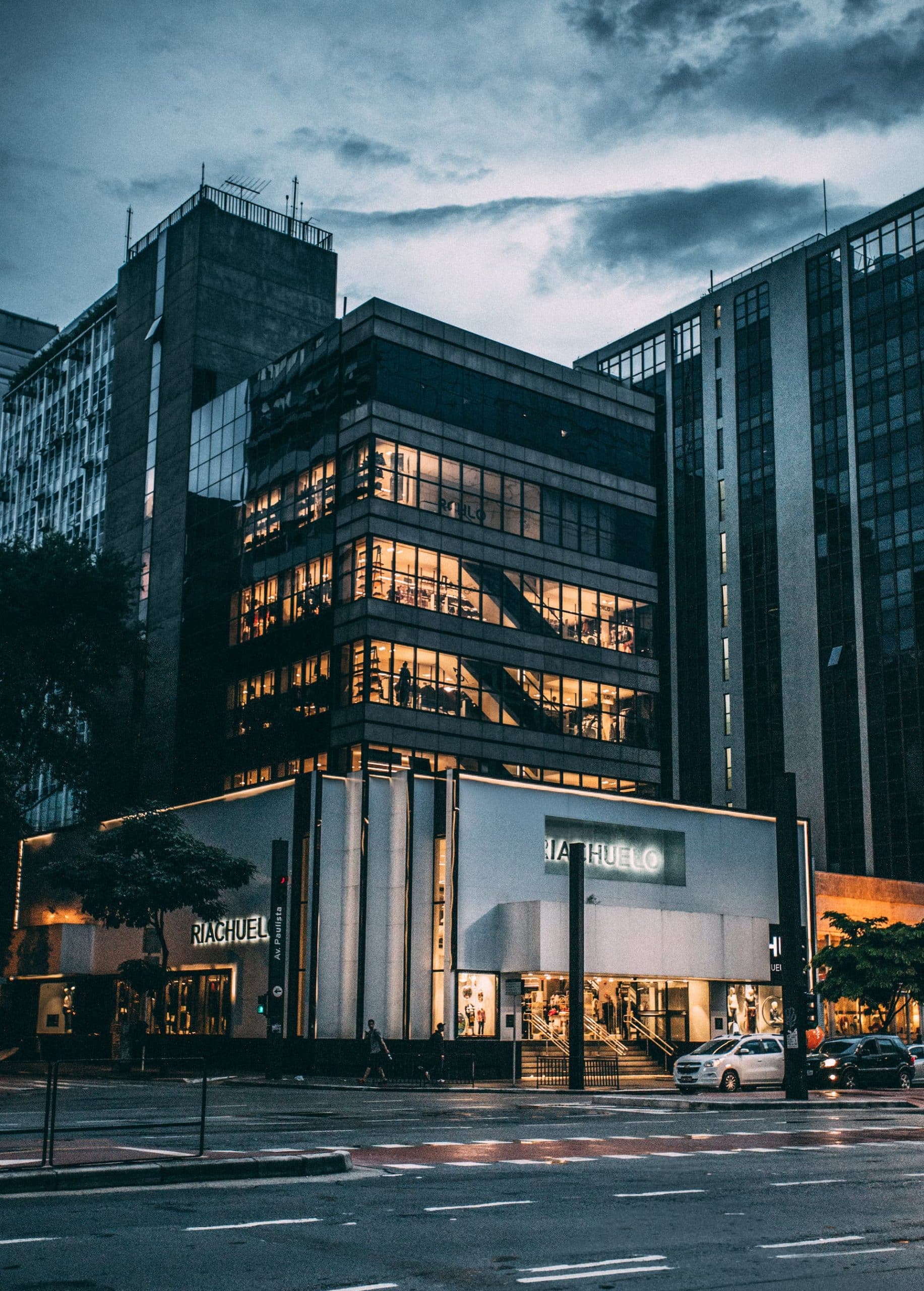What are the financial benefits of retrofitting commercial properties for energy efficiency?

In the constant quest for sustainable business practices, energy efficiency stands out as both a financial and environmental imperative. Commercial property owners are increasingly turning to retrofitting as a means of reducing energy consumption and costs. But what exactly does this process entail, and how does it translate to financial savings? This article will delve into the monetary advantages of making commercial buildings more energy efficient.
The Concept and Value of Energy Efficiency
Energy efficiency refers to using less energy to perform the same function, thereby reducing unnecessary energy waste. The concept is gaining ground in commercial buildings, where lighting, heating, and cooling systems are significant contributors to high energy consumption. Retrofitting these buildings with more efficient systems is a strategic move that leads to substantial savings and improved building performance.
A voir aussi : How can developers use VR to enhance pre-construction property sales?
In a commercial building, retrofitting might involve upgrading the lighting system to energy-efficient LED lights, installing new insulation to reduce heat loss, or updating HVAC systems to more efficient models. These changes don’t only decrease energy consumption but also lead to significant cost savings in the long run.
How Retrofitting Reduces Costs
Retrofitting commercial buildings goes beyond just replacing old equipment with new, more efficient models. It involves a holistic approach to building performance, integrating sustainable practices that result in fewer energy costs. But how does this translate to financial savings?
Avez-vous vu cela : How to structure a real estate investment fund for international investors?
Firstly, retrofitting reduces energy consumption, directly lowering utility bills. Commercial buildings are often large consumers of energy due to their size and the number of systems operating simultaneously. By introducing more efficient systems through retrofitting, businesses can drastically reduce their energy costs.
Additionally, retrofitting can improve the performance of a building, leading to lower maintenance and repair costs. Efficient systems are typically more durable and require less frequent repairs, leading to savings in the long term. Furthermore, buildings that undergo retrofitting usually have enhanced performance, which can increase their market value and appeal to tenants or buyers who prioritize sustainability.
Case Studies of Successful Retrofits
To better understand the financial benefits of retrofitting, let’s look at some case studies of successful retrofits. These real-world examples will highlight the cost savings that can be achieved.
One striking example is the Empire State Building in New York. In 2009, the owners embarked on a massive retrofit project aimed at reducing the building’s energy consumption by 38%. The project, which cost $20 million, resulted in annual savings of $4.4 million, meaning the cost will be recouped within less than five years.
In another case, the City of Portland retrofitted its 100-year-old City Hall, targeting a 20% reduction in energy consumption. The project was completed in 2012, with the City reporting energy savings of $32,000 per year and reduced maintenance costs.
The Role of Incentives in Encouraging Retrofitting
While the cost of retrofitting might be high upfront, various incentives can help offset these costs. In many regions, government programs offer subsidies, tax breaks, and grants to commercial building owners who undertake retrofit projects. These incentives, aimed at promoting energy efficiency and sustainable practices, can significantly reduce the cost of retrofitting.
For instance, the US Department of Energy offers a variety of programs that provide financial assistance for energy efficiency retrofits. These include the Better Buildings Challenge and the Weatherization Assistance Program. Such incentives not only help offset the cost of retrofitting but also reduce the payback period, making the process more financially attractive.
In conclusion, energy efficiency through retrofitting commercial buildings is a financially sound practice that offers several benefits. These include direct savings on energy costs, reduced maintenance and repair costs, improved building performance, and potential incentives. As the case studies highlight, the savings from retrofitting can be significant, making it a worthy investment for commercial property owners.
The Impact of Retrofitting on Climate Change and Renewable Energy
Retrofitting commercial buildings not only leads to financial savings but also contributes positively to addressing climate change and promoting renewable energy. The practice of upgrading buildings to be more energy efficient reduces the demand for energy from non-renewable sources, thereby decreasing greenhouse gas emissions.
A key feature of many retrofit projects is the integration of renewable energy sources. For instance, installing solar panels or wind turbines as part of the retrofit process can help reduce reliance on fossil fuels. These systems can generate a portion of the building’s energy needs, further decreasing energy consumption and costs. A case study in point is the Bullitt Center in Seattle, which is considered the greenest commercial building in the world. The building is energy net-positive, meaning it generates more energy than it consumes, thanks to its large solar panel array and ultra-efficient systems.
Moreover, retrofitting buildings can greatly contribute to climate change mitigation efforts. According to a report by the Global Alliance for Buildings and Construction, building retrofits could potentially reduce global building sector CO2 emissions by 44% by 2050. With buildings accounting for nearly 40% of global energy-related CO2 emissions, energy-efficient buildings could play a pivotal role in combatting climate change.
Key Takeaways and Conclusion
In conclusion, the financial benefits of retrofitting commercial properties for energy efficiency are significant. Through energy savings, building owners can recover the costs of retrofit projects within a few years, making it a sound investment. Additionally, retrofitting can enhance the overall performance of a building, reducing maintenance costs and potentially increasing its market value.
The case studies of the Empire State Building and the City Hall in Portland underline the financial benefits achievable through retrofitting. Such real-world examples demonstrate how energy efficiency retrofits can lead to substantial cost savings, even in historic and iconic buildings. Beyond these direct financial benefits, retrofitting also plays a crucial role in addressing climate change and promoting the use of renewable energy sources.
Furthermore, incentives and financial assistance from government programs can help offset the initial costs of retrofitting, making it even more financially attractive for commercial building owners. As the demand for energy-efficient buildings continues to grow, retrofitting old structures presents a viable solution for reducing energy consumption and costs, while contributing to sustainability.
For these reasons, retrofitting commercial properties for energy efficiency is not only a smart financial decision but also a forward-thinking approach that aligns with global sustainability goals. As we continue to navigate the challenges of climate change, energy-efficient buildings will increasingly become the norm, rather than the exception.
